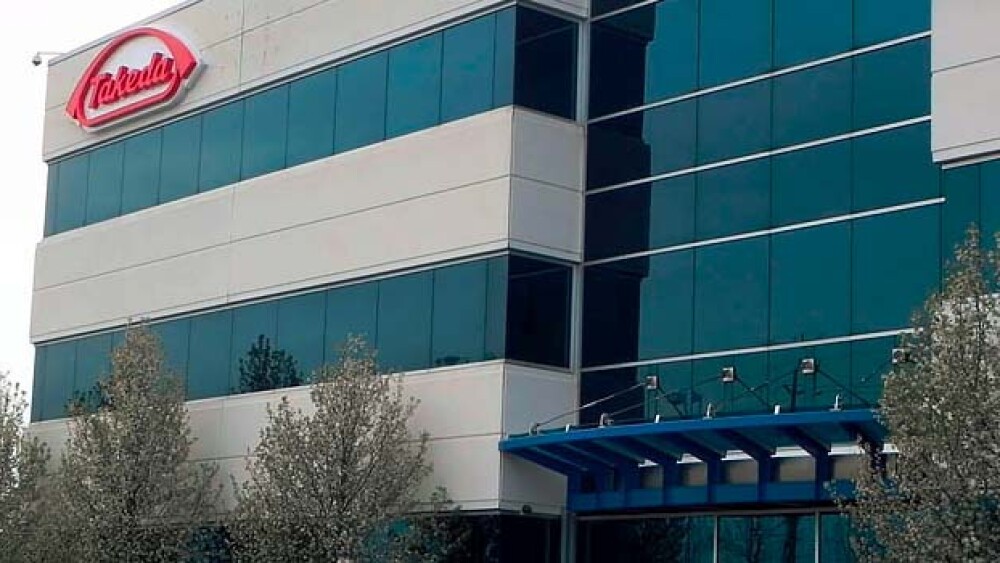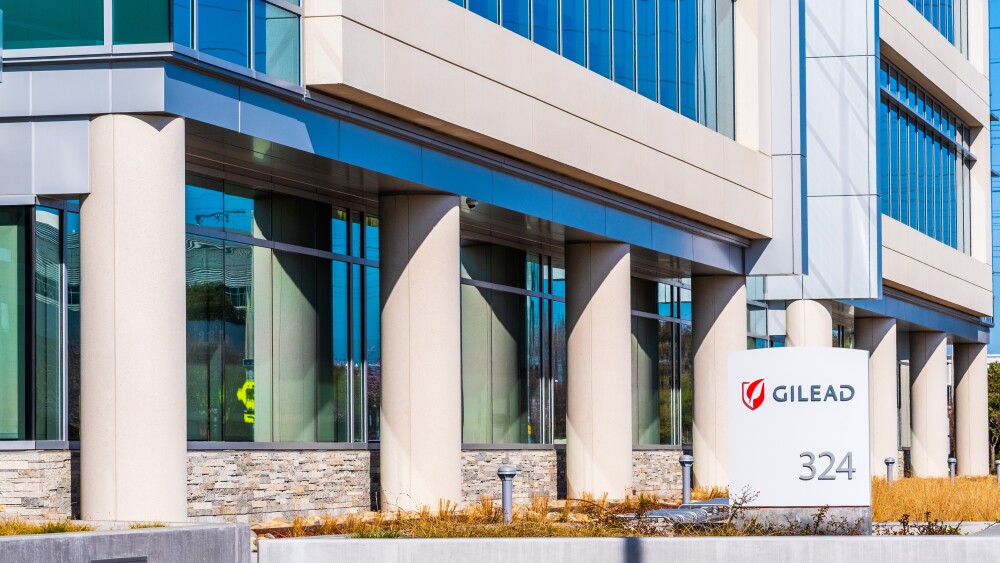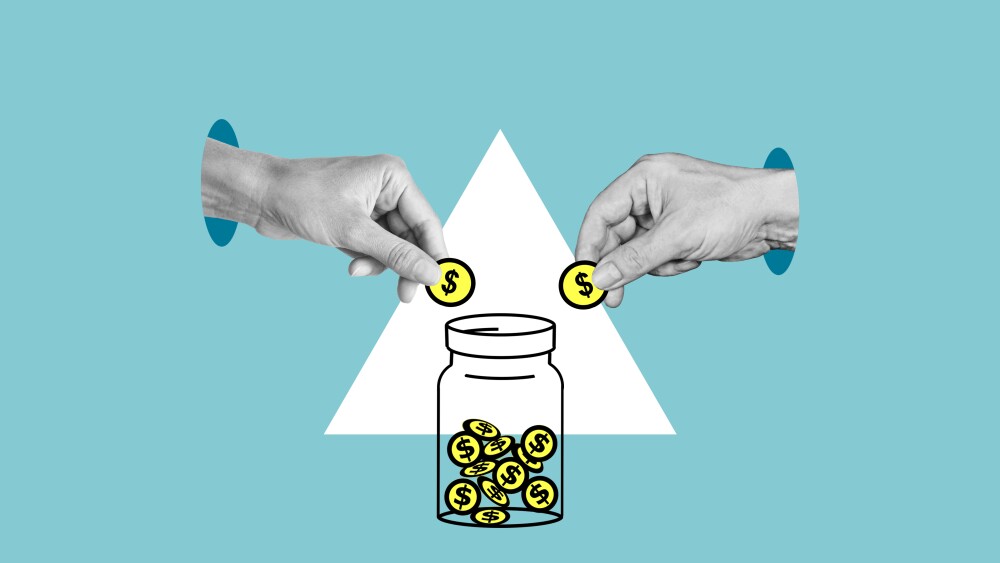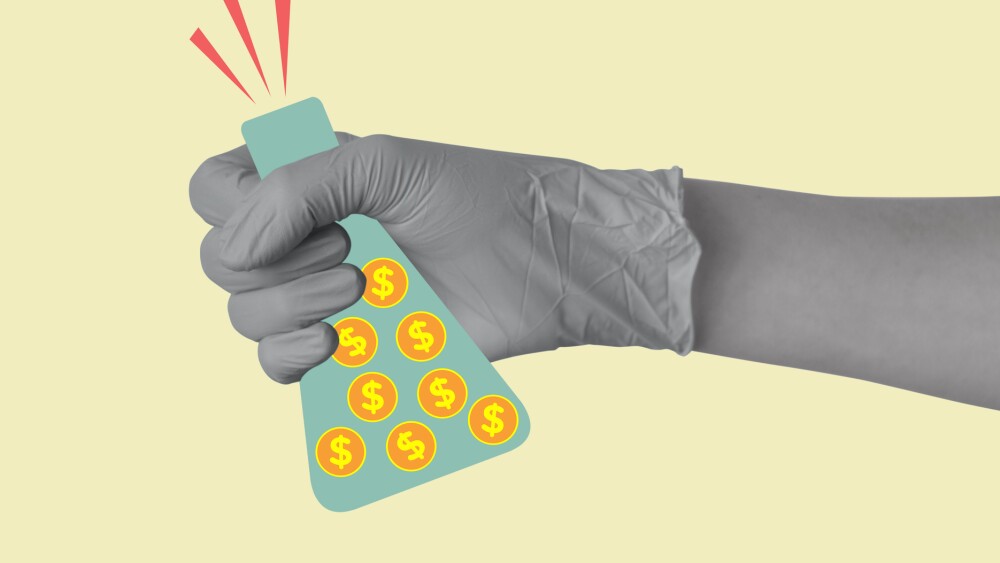The ink is still drying on the contracts for Japan’s Takeda Pharmaceutical’s acquisition of Dublin-based Shire for about $62.2 billion, but company executives are sharing some of the “inside baseball” about what went on behind the scenes of the deal.
The ink is still drying on the contracts for Japan’s Takeda Pharmaceutical’s acquisition of Dublin-based Shire for about $62.2 billion, but company executives are sharing some of the “inside baseball” about what went on behind the scenes of the deal.
Takeda originally planned to approach Shire’s board of directors about the acquisition on April 1, but published rumors about the deal forced the company’s hand, causing them to announce on March 28. This announcement not only surprised Shire, but many at Takeda as well, which had been working on the deal under a veil of secrecy, complete with code names. Reportedly the companies were given the code names of Japanese brands of whiskey. Takeda was “Yamazaki,” Japan’s most popular single malt whiskey. Shire was “Hibiki.”
Takeda’s chief executive officer, Christophe Weber, had been performing due diligence on Shire for at least two years before the deal announcement came. At one point Takeda and Weber were more interested in Shire’s neuroscience unit and gastrointestinal products, rather than the whole company. The overall price of Shire was daunting for Weber and Takeda.
According to Dealogic, the $62.2 billion sales figure does not take into account Shire’s debt. The acquisition total is closer to $80 billion. Takeda’s market value before the acquisition was about $33 billion. Shire’s is about $50.2 billion. It was also exacerbated by shifting share prices as news of the deal broke, as Takeda investors forced stock prices downward and Shire investors forced theirs upward.
Bloomberg writes, “Then the tide turned in Takeda’s favor. Shire’s struggling stock performance after its failed sale to AbbVie Inc. and the acquisition spree that followed, culminating with the $32 billion takeover of Baxalta Inc., frustrated investors and prompted concerns about its strategy. To appease them, Shire in August announced a potential spinoff of its neuroscience unit, potentially valued at $10 billion to $15 billion.”
This gave Takeda execs the confidence to consider buying the entire company. But the leak threw a wrench in the works. Bloomberg writes, “Takeda and its external advisers, some of whom were on vacation at the time of the leak, were shaken. They hadn’t even reached out to Shire’s board yet to begin negotiations, and they called their target to formally apologize. The Japanese suitor had sought a friendly deal, with the goal of evading rival offers that could disrupt the talks.”
And shortly afterwards, Allergan was in talks with Shire, although that only lasted a few hours.
It wasn’t that easy, however. Shire rejected four offers from Takeda. They then raced to complete the deal before the May 8 deadline forced by UK merger-and-acquisition laws.
Bloomberg writes, “And although Takeda succeeded in its years-long quest, it’s left with a pile of debt and the task of combining two companies with different sizes, cultures and areas of focus in the drug industry. Integrating the Japanese drugmaker—which began by selling herbal therapies 237 years ago—with the sprawling U.S. biotechnology behemoth may prove to be more complicated than winning Shire over.”
The merged companies will trade on the Tokyo Stock Exchange as a primary listing and on the New York stock locations. In a conference call related to its first-quarter financial reporting, Weber said, “With integration you end up with a company which is really clearly in a leading position to deliver innovative treatment in the therapy area that we’ve chosen, GI, oncology, neuroscience, rare disease, plus the plasma-derived therapies which is a relatively different business with a high entry barrier, but Shire has a leading position, and there are three companies really operating in this space….We will have a footprint which would be very strong in any country of the world—so a very strong footprint.”
Takeda reported overall revenue for the quarter of 1,770.5 billion yen, a growth of 2.2 percent, with an underlying growth of 5.5 percent, which compares two periods of financial results on a common basis. Core earnings rose 40.2 percent, with earnings per share (EPS) growing 44.8 percent.
In a statement, Weber said, “We also made significant progress in R&D, with 17 New Molecular Entity clinical trial stage-ups, and 56 new collaborations to strengthen our innovation network. The strength of the underlying business means we expect to maintain revenue and earnings growth momentum in FY2018, and I am confident that through strategic focus and superior execution, Takeda will continue to deliver long-term value to patients and shareholders.”





